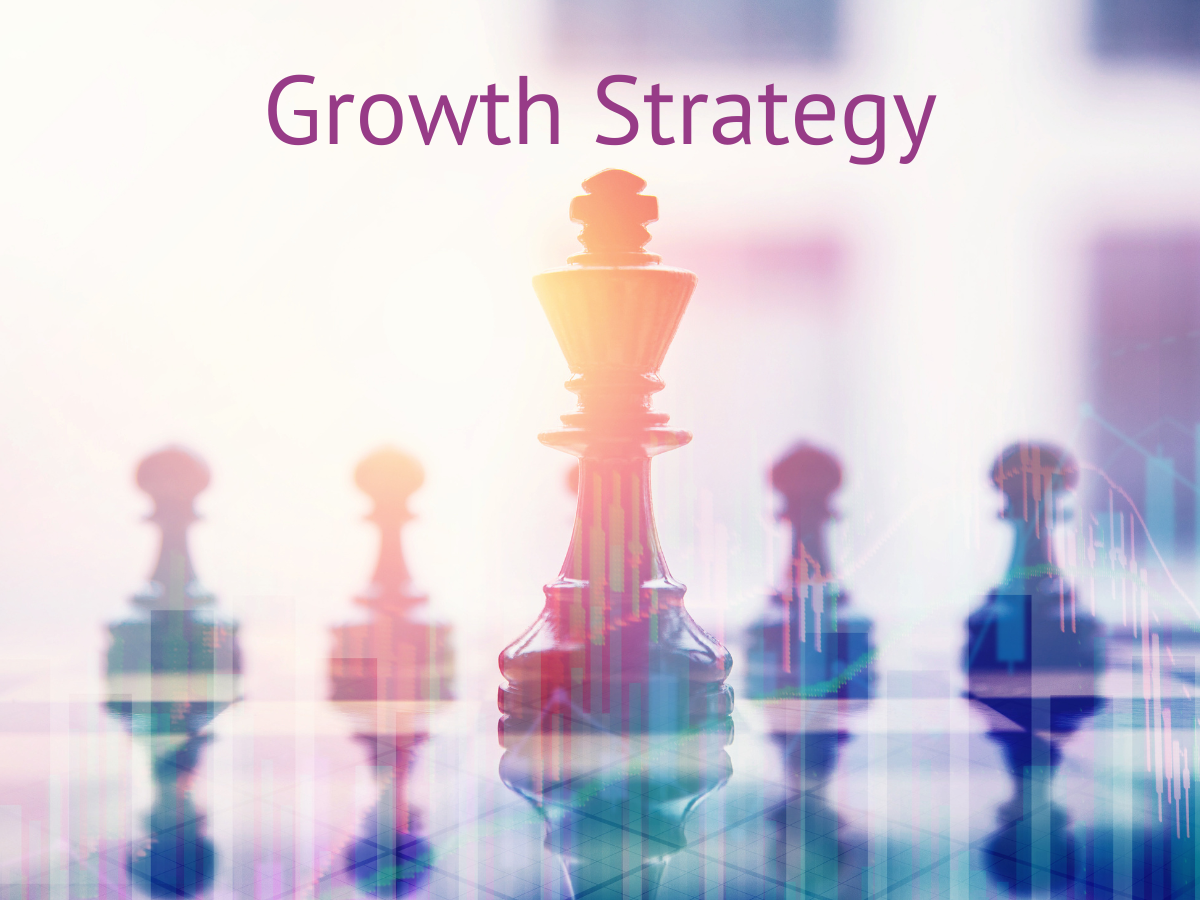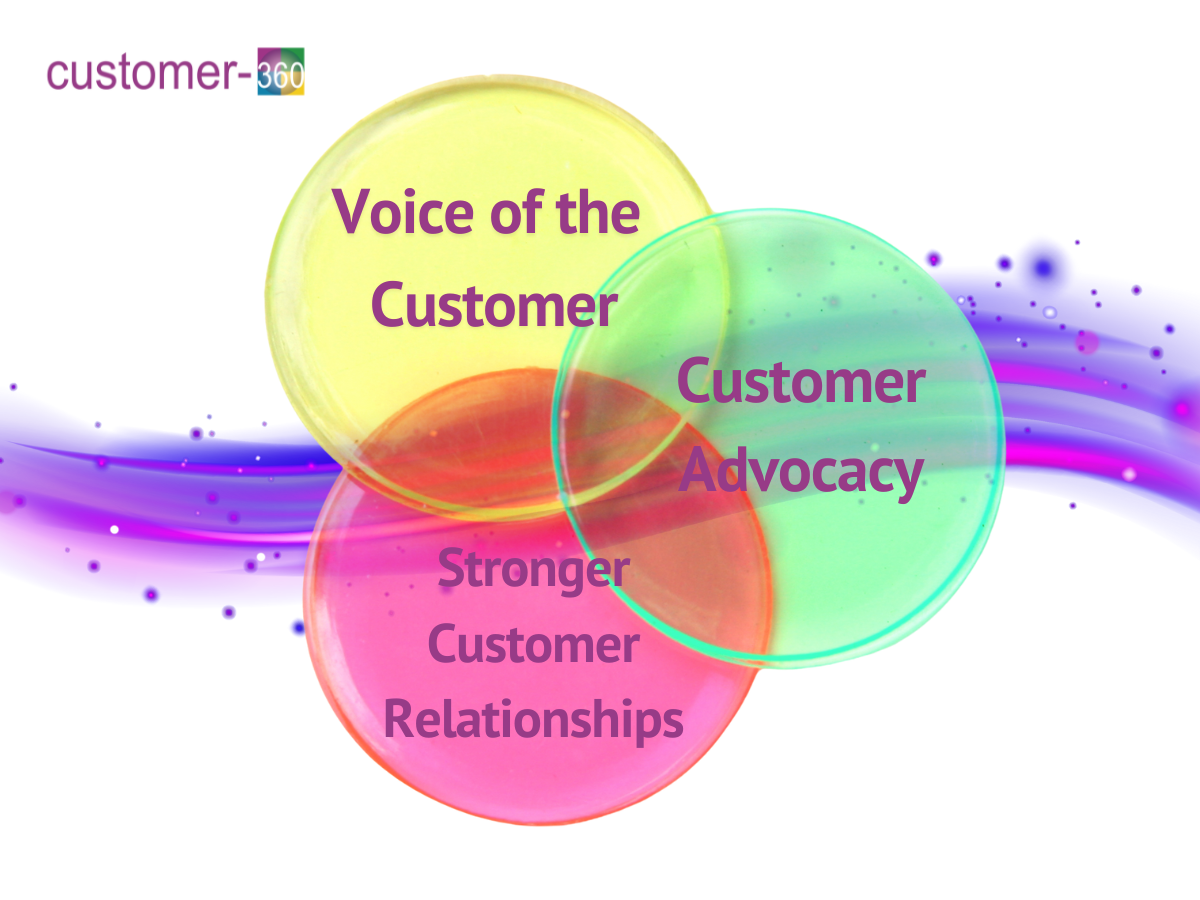A marketing growth strategy aims to increase a company’s customer base, market share, and revenue. This is achieved by acquiring new customers, expanding the current customer base with new products or services, and retaining these customers in the long term.
A successful marketing growth strategy focuses on the entire customer lifecycle. A customer-centric mindset allows you to unite all the teams and departments working toward the same goal.
”83% of B2B decision-makers see meeting commercial growth targets as a top priority, but only 24% exceed their industry’s average growth. The underlying issue? A misalignment in growth strategies that are too often aspirational, internally focused, and not attuned to customer needs.” – Forrester, The Secret To High Growth: Cocreate A Customer-Obsessed Strategy
Marketing, Sales, and Product Alignment
This alignment is essential to establishing a growth strategy that works for everyone. This can be accomplished by setting revenue goals and then sharing dashboards for reporting and visibility. Consider working from a singular CRM or a few integrated CRM tools. Regular check-ins on the metrics tracking against your agreed-upon goals keep each team on the same page.
Use data and a feedback loop to better understand your customers at the executive and product levels. A feedback loop may include customer surveys and advisory boards. Create a place for your customers to engage with your brand and each other. This often is a digital community or user group.
Finally, map out the different stages of the B2B customer journey. Depending on your business, the stages may include Awareness, Consideration, Purchase, Retention, and Advocacy. Another customer journey map specific to a SaaS organization may look like this: Awareness, Acquisition, Activation, Adoption, Referral / Advocacy, and Revenue.
No matter your customer journey map, you can positively engage with your customers at each stage. Identify each team’s role and responsibility for the various stages. This keeps you engaged with your customers and aligned with your internal teams.
Structuring Your Marketing Organization for Customer-Centric Growth
Whether you are a large or small marketing organization, you can define your role in your company’s growth strategy. Creating a customer-centric culture allows you to target specific goals within the customer lifecycle.
Here are some common marketing functions that you may see in a customer-centric organization:
Customer Marketing – focuses on marketing to current customers for expansion, retention, and advocacy purposes. In general, customer marketing addresses all customers.
Account-based marketing (ABM) – uses personalized experiences and content to engage a small group of targeted accounts. Its focus is on acquisition and expansion.
Customer Reference Marketing aids in sales enablement. It focuses on acquisition and expansion and uses proof points from current happy customers. This could be in the form of a 1:1 reference call with a customer prospect or a name and/or logo on a sales proposal.
Customer Experience or Advisory Marketing – focuses on expansion and retention. Elements of this role may include a Customer Advisory Board, Product Advisory Boards, a Net Promoter Survey or a Customer Satisfaction Survey, and customer forums.
Customer Lifecycle Marketing (CLM) – is a strategic approach that involves creating personalized marketing campaigns to engage customers at every stage of their journey with a brand. The focus is on retention.
Customer Advocacy – brings them all together. It enables acquisition, expansion, and retention. Customer advocacy is the act of proactively promoting and recommending a brand, product, or service to their peers. It is much more than customer satisfaction; it shows higher commitment and loyalty to your brand.
Driving Growth Through Customer-Centric Alignment
For B2B companies to achieve their marketing growth strategy, they must engage the entire customer lifecycle. That is sometimes easier said than done. We often get in our way by striving for a goal and don’t align with all the teams who contribute to our collective success.
Marketing, sales, and product alignment are essential to establishing a successful growth strategy. Mapping out the customer journey helps you identify each team’s role and responsibility in engaging the customer.
Sharing dashboards and CRM tools ensures the teams stay in sync on reporting and allows cross-functional visibility. Regular communication on metrics against your goals keeps your teams aligned with your growth strategy.
Capturing feedback throughout the customer lifecycle allows you to better understand your customers. Creating a customer-centric culture lets you align internal capability with external market demands.




